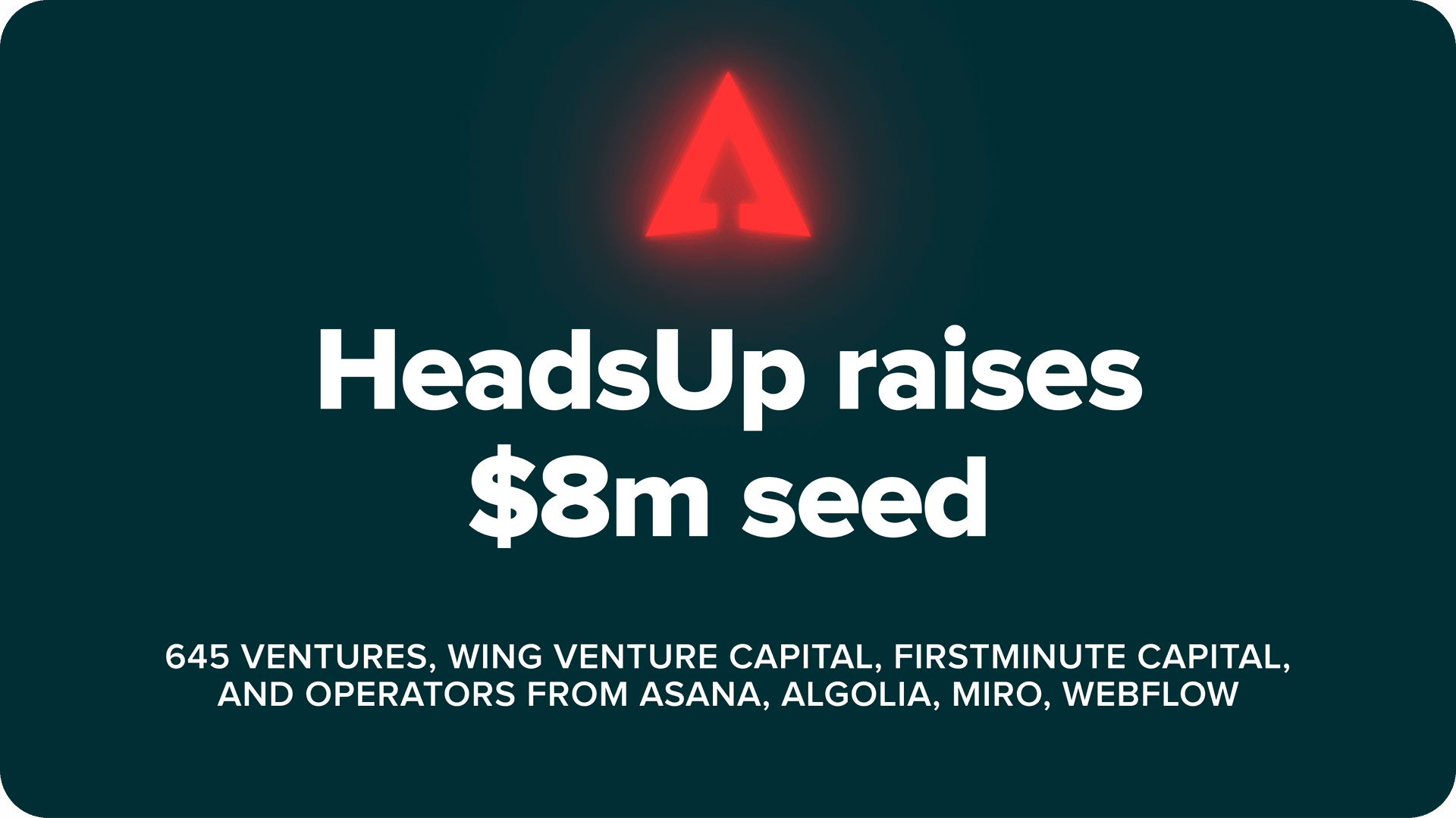We can all think of some popular free tools that are likely driving major growth for their creators, such as Clearbit’s free Weekly Visitor Report and CoSchedule’s Headline Analyzer.
Whether a B2B SaaS company has a freemium plan, a free trial, or neither, there are plenty of opportunities to drive product-led growth through creating a free “side” tool.
In a recent podcast interview, we sat down with Sadra Boutorabi, Co-founder and Head of Growth at NameScan, to talk in-depth about the magic of free tools.
“Essentially, if you’re creating a free tool, you need a separate, sovereign team so they can actually find enough bandwidth to create ways of getting more people to experience the core value of your product. You don’t want to make it a competition between building core values within your product, and sorting out your acquisition and channels.”
– Sadra Boutorabi, Co-founder at NameScan
Why free tools can be massive growth opportunities
When Sadra first joined Tiny, he started by researching which channels at the company were driving massive growth. And he found that their open-source TinyMCE product, which can be accessed via their free API key or SDK, was responsible for driving much of the growth for their paid products.
TinyMCE is the rich text editor behind the scenes of many content creation tools, including WordPress, that gives non-technical users the possibility to bring content to life easily without needing to code everything. “TinyMCE is an open-source company,” says Sadra. “And that actually played a huge role in this revolution around bringing more accessibility and Tiny still today is an open-source company.”
Sadra had previously seen the power of a free tool at compliance platform NameScan, which he co-founded in 2016.
“Back then, our competitors were spending millions on branding and getting their name out there doing conferences.” says Sadra. Founding a bootstrapped company working with a much smaller budget, Sadra wanted to explore a freemium model but got blocked by the legal barriers in the industry.
To work around these, he developed a free tool – a free scanner for politically exposed persons – to handle a common compliance problem that financial institutions deal with when it comes to investigating the legality of transactions. The tool ended up driving the first $2 million in ARR for the company.
6 steps for building a free tool that will drive growth for your core product
Considering building a free tool yourself? Here are some tips on how to do it right from Sadra.
1. Understand which channels are currently driving growth
The first step is to figure out what’s already working. “In most companies, there’s actually no consensus on how we’re growing. If everybody’s giving you 10 different answers, there is no consensus,” says Sadra.
You need to dig through the data to discover what channels are working, and if there are growth loops in existence. Even if there are assumptions and some level of consensus among these, you still need to validate what’s truly working.
If your company already has some free, viral growth, your job will be to optimize it, drive even more traffic to it, and possibly to replicate that success with another free tool if there’s a good opportunity.
2. Interview your target users (non-customers)
To find opportunities for your company’s first or second or even third free tool, you need to interview the customers of your competitors. Find target users who are using your competitors’ software and ask them, as Sadra advises: “If this company were to disappear into thin air, what would you miss about them?”
Of course, some of this information will be important for your core product, but you might be able to discover some important details about the most important value of your competitors in order to inform your approach for a free side tool.
3. Approach customer research with no assumptions
You’ll also want to research your current customers and your leads that are early on in the buying stage. “Essentially, the free tool is probably not a strategy for existing customers, so to find out the right idea, you need to speak to your audience and customers at different stages,” explains Sadra.
Through this research, you can discover what buyers in the earlier stages need in order to trust your company. What smaller problems can you solve that will lead them towards working with you on their bigger problems?
4. Make a decision, and be honest about your level of certainty
The next step is to make a decision about which tool you want to move forward with. And when you do, be honest about how certain you are. Sadra explains, “I like to ask myself, Where do I get my certainty? I invite people to look at their assumptions and figure out the level of certainty they have, whether it’s very low or very high, and that it’s actually based on data and market research.”
This way, as you approach this experiment, you’ll go into it with full transparency on where the idea came from, and why it’s worth pursuing.
5. Build the right team for the job
Building a free tool requires a dedicated team. “You need a separate growth squad,” says Sadra. “Essentially, if you’re creating a free tool, you need a separate, sovereign team so they can actually find enough bandwidth to create ways of getting more people to experience the core value of your product. You don’t want to make it a competition between building core values within your product, and sorting out your acquisition and channels.”
This is why it’s important for companies to have a dedicated growth team that includes product and marketing people working together. And when building a free side tool, you’ll need at least one full stack engineer supported by your cloud infrastructure and DevOps resources. This developer will work as part of your growth team, so they’re not constantly feeling at odds between developing something for growth and something for the core product.
6. Optimize your funnel
Once you’ve built a free tool, you need to develop a funnel around it, that way it truly becomes a freemium channel (even if your core product doesn’t have a freemium plan). How you strategize this funnel will depend on your average deal size. “If you have an average transaction size that’s less than $1000 a year, everything has to be low touchpoint and taken care of in a digital manner,” says Sadra. But if your deal sizes are high, “you can even go full-on with a manual sales process after your free tool,” he explains.
Product-led growth isn’t just available to companies with viral free products. Even companies with long, complex sales processes can see success with PLG.
For more product-led growth tactics shared by top go-to-market leaders, check out our PLG Masters series.
To find out more, you can connect with Sadra on Linkedin.


